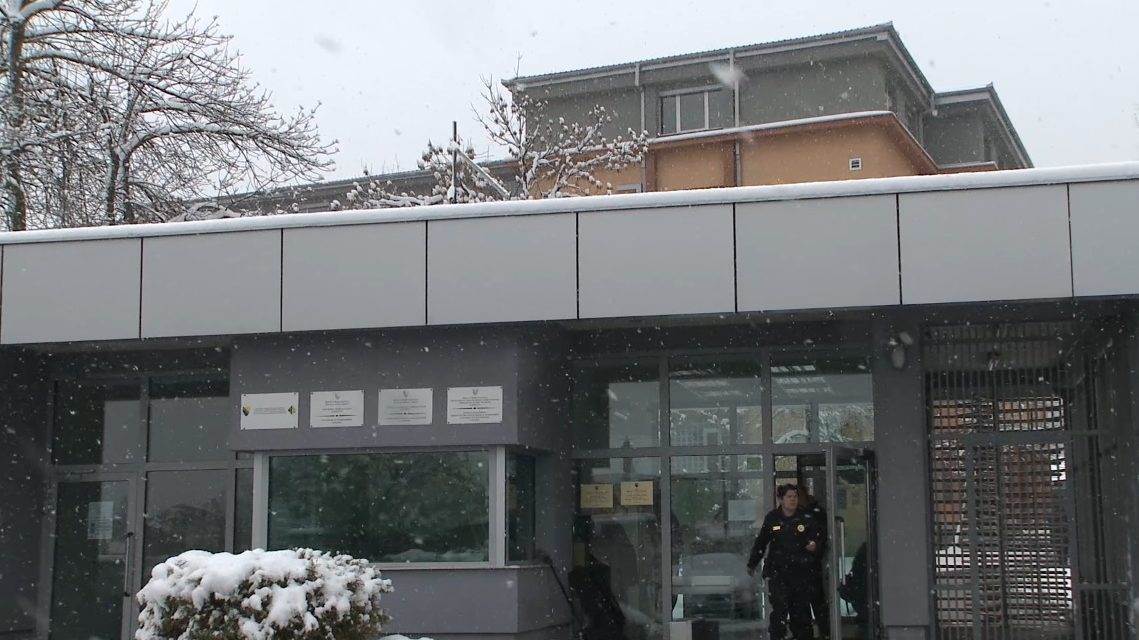This post is also available in: Bosnian
While searching for the remains of victims of the Bosnian war, it isn’t uncommon to uncover the remains of casualties of World War Two as well, or earlier. The exact number of remains found from World War Two is unknown – these remains are housed in morgues across the country.
A recent example is the discovery of fifteen bodies in the Snagovo graves near Zvornik.
“After the exhumation began, an anthropological inspection of the remains was conducted. Some small objects were found. There’s a big chance that these victims don’t fall within the scope of our mandate,” said Lejla Cengic, the spokesperson for the country’s Institute for Missing Persons.
Seven secondary mass graves, which revealed the remains of 818 Bosniak civilians killed in July 1995, were previously exhumed from Snagovo.
One of the biggest mass graves in Bosnia was located at Crni Vrh, in the vicinity of Snagovo. The remains of Bosniaks from Zvornik who were killed in 1992 were exhumed at this site.
During World War Two, approximately one million people were killed in the territory of the former Yugoslavia. It remains unclear how many people from Bosnia and Herzegovina went missing during that conflict.
During the Bosnian war, more than 30,000 people went missing – the search for 8000 of them remains ongoing.
Experts warn that there’s a good chance that not everyone who went missing from the Bosnian war may be found. Some may be found 70 years later, as is the case now with victims of World War Two.
When remains from World War Two or World War One are uncovered while searching for victims of the Bosnian war, the Institute for Missing Persons exhumes them and stores them in morgues.
“A reorganization of centers for missing persons is expected. When that happens, those remains will be separated from the remains of victims of the most recent war and will be buried in a dignified manner,” the Institute for Missing Persons told BIRN.
During the exhumation of remains from the Perucac lake in the vicinity of Visegrad in August 2010, the remains a group of German officers soldiers were found. They’d been buried on the bank of the river Drina during after World War Two. Six years after the construction of the Banja Basta hydroelectric plant, the area had become covered with water from the lake.
In mid-August 2013, 75 bodies from World War Two were found in the Ogledala graves in Kupres. A joint funeral was organized for the victims, who couldn’t be identified because of a lack of DNA samples, financial resources, and other problems.


